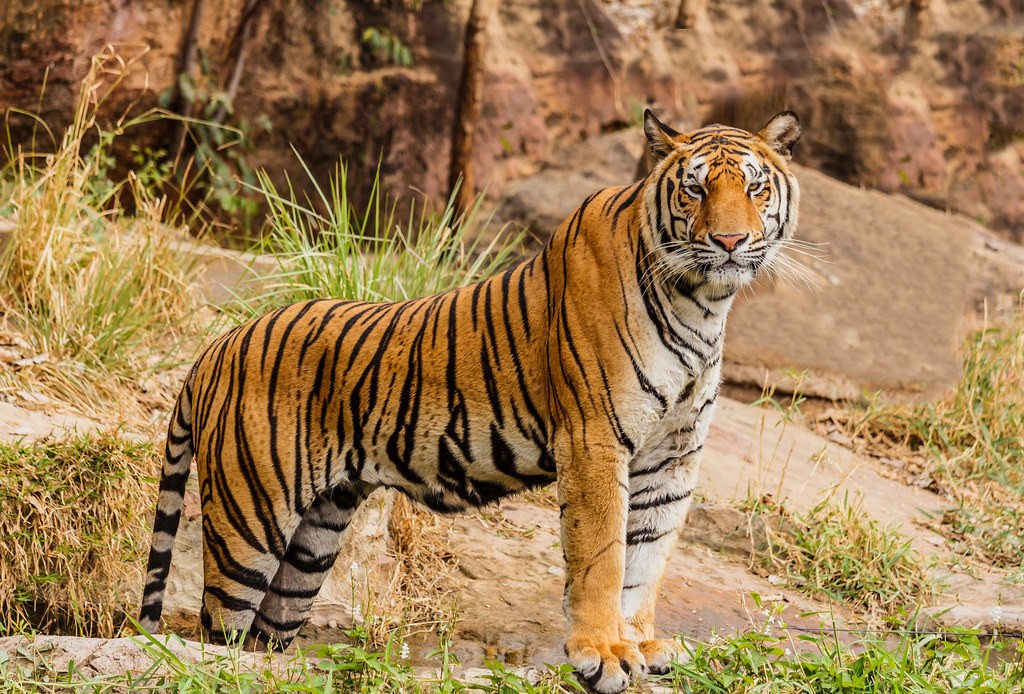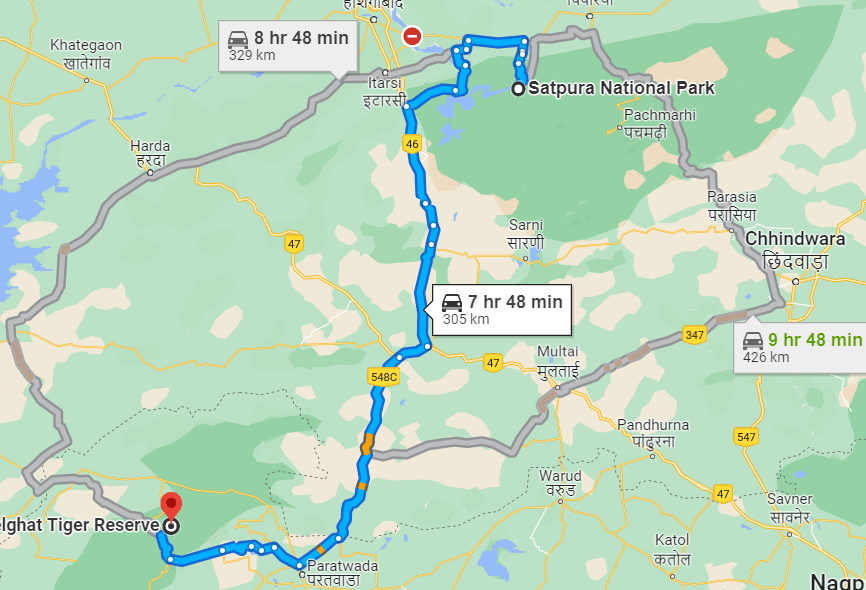Tigers once numbered 100,000 in India. My great great grandfather spent time in India, and I grew up hearing my great grandmother talking about the time that she went with her father on her pet elephant (as you do) to find a tiger that had been maimed during a failed hunt. This was essential, as a maimed tiger (or indeed lion leopard or jaguar) is of great danger to those living nearby. A maimed tiger cannot hunt as it normally would, and humans are far easier prey.

These days the situation is very different. Currently there is a little over 3000 tigers living in the wilds of India, a number that has doubled in a surprisingly short period of time.
Now, it is true that this is nowhere near the numbers early in the 20th century, but then other things have happened too. Back then the human population of India was around 250,000,000 it is now roughly 1.4 billion (almost 600% higher).
As a result, back in 1920 while little of the country was protected as tiger habitat, there were tiger populations across India. Tigers were free to move in and out of the reserves.
Why does this matter? While in Africa most nature reserves and national parks are thousands of square miles in size, nowadays most of this land outside reserves in inhabited.
The tiger in question crossed from Panna reserve, in Madhya Pradesh, to an area near a village in Uttar Pradesh, 150km distance. It seems that the tiger had followed the Ken river which passes through both states.

In a separate incident, a radio collared tigress traversed 250km from Satpura reserve (and national park) to Melghat reserve in Maharashtra. This comes as the Indian government is considering removing a forest corridor that assisted this journey to widen a road.
